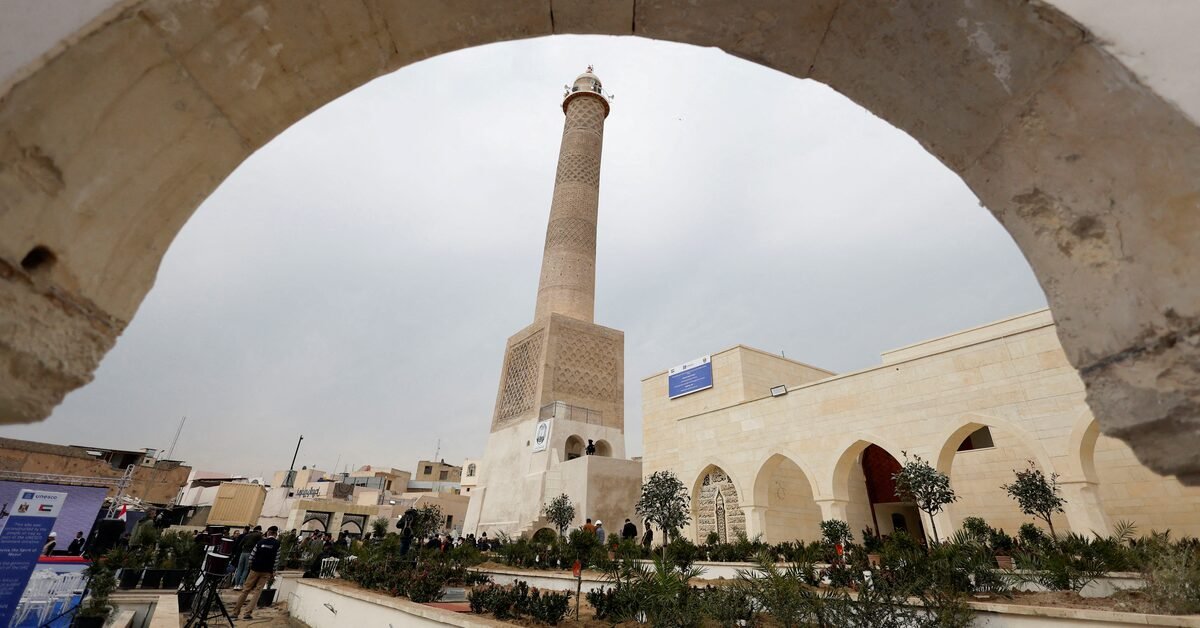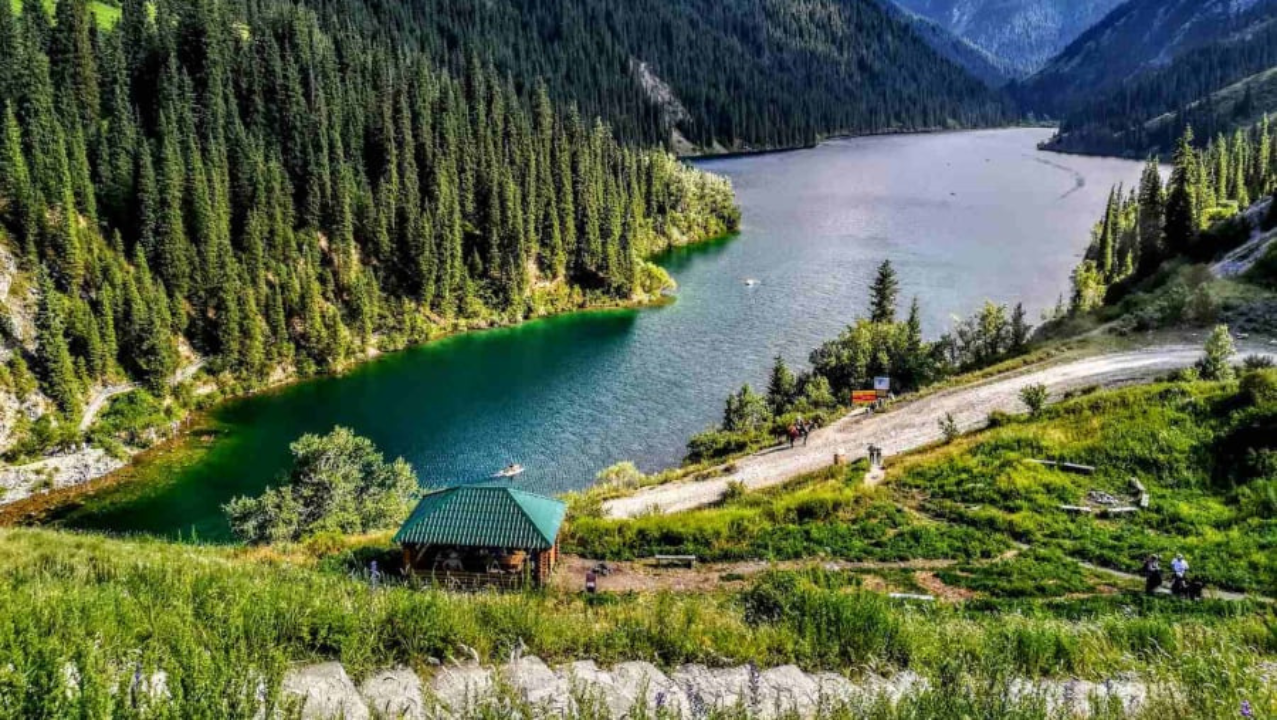Why Travel Insurance for Iran Matters
Travel insurance is not just a precaution—it’s a necessity for Iran. The Iranian government requires proof of valid travel insurance to issue a visa on arrival or at embassies, ensuring travelers are covered for emergencies. Additionally, Iran’s geopolitical situation and limited international infrastructure mean that standard insurance policies may not apply, and medical or evacuation services can be costly without coverage.
Here are some reasons why choosing the right travel insurance is critical:
- Visa Requirement: Without a valid insurance policy explicitly covering Iran, you may be denied entry or forced to purchase local insurance at the airport, which can be less comprehensive.
- Sanctions Impact: Due to U.S. and international sanctions, many global insurers exclude Iran from their coverage, limiting your options.
- Health and Safety Risks: Public hospitals may not meet international standards, and private care is expensive. Rural areas have limited medical facilities, making evacuation coverage essential.
- Cultural Nuances: Navigating emergencies in a country with a different language and customs can be daunting without 24/7 support.
With these factors in mind, let’s explore eight essential steps to choose the right travel insurance for Iran.
1. Confirm Iran-Specific Coverage
Many international insurance providers exclude Iran due to sanctions or geopolitical risks, so your first step is to ensure the policy explicitly covers travel in Iran. Terms like “Middle East” or “Asia” in the policy are not sufficient for Iranian visa officers, who require “Iran” to be clearly mentioned in the documentation.
- What to Do: Contact the insurer to request written confirmation that Iran is covered. If your existing policy doesn’t include Iran, look for specialized providers like IATI Insurance, True Traveller, or local Iranian options like Saman Insurance through platforms such as 1stQuest or Visit Our Iran.
- Why It Matters: Without explicit coverage, your policy may be invalid for visa purposes, and you could face issues at immigration.
Pro Tip: If purchasing through a local provider like 1stQuest, ensure the policy is issued by a reputable company like Saman Insurance, which is widely accepted for visa applications.
2. Understand Visa and Entry Requirements
Travel insurance is mandatory for most travelers to Iran, except citizens of certain countries like Armenia, Azerbaijan, Bolivia, and Turkey. For visa-on-arrival applicants at Iranian airports, you must present a printed insurance policy at immigration. If you lack one, authorities may require you to purchase local insurance on the spot, which can be costly and time-consuming.
- What to Do: Verify your visa requirements based on your nationality. For example, U.S., U.K., and Canadian citizens must apply for a visa in advance and may face stricter scrutiny. Ensure your policy’s validity aligns with your visa duration (typically 30 days for tourists).
- Why It Matters: A valid insurance policy is a prerequisite for visa issuance, and discrepancies can lead to entry denial.
Pro Tip: Purchase insurance before arrival to avoid long lines at the airport. Platforms like IranSafar or Termeh Travel deliver policies within 24–48 hours, streamlining the process.
3. Evaluate Medical Coverage
Medical emergencies are a primary concern when traveling to Iran, as public hospitals may not meet international standards, and private care can be expensive. Additionally, rural areas have limited healthcare facilities, making emergency evacuation critical.
- What to Look For: Choose a policy with at least €10,000 in medical coverage, including hospitalization, emergency dental care (up to €200), and medical evacuation. Policies from Saman Insurance (via Visit Our Iran or 1stQuest) cover up to €10,000, while IATI Insurance offers higher limits for comprehensive plans.
- Activities to Consider: If you plan to hike in the Alborz Mountains or cycle, check if the policy covers these activities. For example, IATI’s “Adventure Sports” supplement covers hiking up to 5,000 meters.
- Why It Matters: Medical costs can escalate quickly, and evacuation to a better-equipped facility or your home country can cost thousands without coverage.
Pro Tip: Confirm coverage for COVID-19-related emergencies, as some policies include it under medical expenses.
4. Assess Trip Cancellation and Delay Protection
Unexpected events like floods, political unrest, or personal emergencies can disrupt your trip to Iran. Trip cancellation insurance reimburses non-refundable expenses (e.g., flights, hotels) if you cancel for covered reasons, while trip delay coverage compensates for unexpected costs due to delayed flights or accommodations.
- What to Look For: Policies from American Visitor Insurance (e.g., Patriot International Lite) or Policybazaar offer trip cancellation and delay coverage, ideal for protecting prepaid bookings. Local providers like Saman Insurance may not include these, so check policy details.
- Why It Matters: Iran’s domestic carriers have a history of mishandling baggage, and hotels may cancel last-minute bookings, making delay and cancellation coverage valuable.
Pro Tip: Read the policy’s fine print to understand covered reasons for cancellation (e.g., illness, family emergencies) and exclusions like pre-existing conditions.
5. Check Coverage for Lost Luggage and Documents
Lost luggage, delayed bags, or misplaced documents like passports can derail your trip. In Iran, replacing a lost passport or ID can be costly, and baggage mishandling by domestic carriers is not uncommon.
- What to Look For: Opt for policies that cover luggage loss/delay (up to €500–€1,000) and document replacement (up to €200). Saman Insurance (via IranSafar or TAP Persia) includes these benefits, unlike some international providers. High Risk Voyager also offers robust baggage protection for high-risk destinations like Iran.
- Why It Matters: Carrying copies of your passport and insurance policy is crucial, as hotels may hold your original documents, and replacements require verified coverage.
Pro Tip: Keep digital copies of your insurance policy and passport in your email or cloud storage for easy access in emergencies.
6. Consider High-Risk Destination Policies
The UK Foreign, Commonwealth & Development Office (FCDO) advises against all travel to Iran due to political tensions, which can invalidate standard insurance policies. Similarly, U.S. travelers face additional scrutiny due to sanctions. Specialized insurers like High Risk Voyager cater to high-risk destinations, offering coverage despite FCDO warnings, though policies are assessed case-by-case.
- What to Do: If you’re from a country with travel advisories (e.g., UK, U.S.), contact insurers like High Risk Voyager or Direct Travel Insurance to confirm coverage. For Europeans, True Traveller offers flexible plans with €2,500,000 in medical coverage, though you may need written approval for Iran.
- Why It Matters: Traveling against FCDO advice without specialized coverage can leave you unprotected in emergencies.
Pro Tip: If your insurer requires pre-approval, request it well in advance to avoid last-minute issues.
7. Compare Costs and Providers
The cost of travel insurance for Iran varies based on age, trip duration, and coverage level. Local providers like Termeh Travel offer policies starting at €10–€12 for short stays, while international options like IATI or True Traveller range from €50–€200 for two weeks. On average, expect to pay 5–8% of your trip cost for comprehensive coverage.
- What to Do: Use comparison platforms like American Visitor Insurance or Insubuy to evaluate international plans. For local options, check 1stQuest, IranSafar, or Visit Our Iran, which partner with Saman Insurance for affordable, visa-compliant policies.
- Why It Matters: Local providers are often cheaper and tailored for visa requirements, but international plans may offer higher medical limits or adventure activity coverage.
Pro Tip: Avoid policies with high deductibles, as they reduce upfront costs but increase out-of-pocket expenses during claims.
8. Ensure 24/7 Support and Easy Claims
Emergencies in Iran can be challenging due to language barriers and limited internet access. A reliable insurer should offer 24/7 support and a straightforward claims process.
- What to Look For: Choose providers with multilingual hotlines and local networks. TAP Persia and Visit Our Iran communicate with Saman Insurance on your behalf, ensuring clear emergency support. International providers like IATI or High Risk Voyager offer global assistance and apps like NGS SOS for pre-travel information.
- Why It Matters: In emergencies (e.g., dialing 115 for ambulances), quick access to support can make all the difference.
Pro Tip: Save emergency contact numbers and your policy number offline, as internet connectivity in Iran can be unreliable.
Recommended Travel Insurance Providers for Iran
Here’s a quick overview of top providers for Iran travel insurance:
- IATI Insurance: Ideal for global travelers, with high medical coverage and adventure sports options. Starts at €50 for two weeks.
- True Traveller: Best for Europeans, offering €2,500,000 in medical coverage. Requires confirmation for Iran due to FCDO warnings. Starts at €53.
- 1stQuest: Affordable local option with Saman Insurance, covering €10,000 for medical and baggage. Starts at €12.
- Visit Our Iran: Offers Silver and Gold plans via Saman Insurance, with 24/7 support and visa-compliant policies. Starts at €12.
- High Risk Voyager: Specializes in high-risk destinations, with tailored policies for Iran. Contact for quotes.
- IranSafar: Comprehensive local coverage for medical, baggage, and legal aid, delivered in 24 hours. Starts at €12.
Pro Tip: For U.S. travelers, American Visitor Insurance offers plans like Patriot International Lite, with coverage for acute onset of pre-existing conditions up to age 70.
Common Pitfalls to Avoid
- Assuming Coverage: Don’t assume your existing policy covers Iran—verify with the insurer, as terms like “Middle East” may exclude it.
- Ignoring Exclusions: Check for exclusions like pre-existing conditions, high-risk activities, or war-related incidents.
- Buying at the Airport: Airport insurance is convenient but often limited in scope and more expensive. Pre-purchase for better coverage.
- Overlooking FCDO Warnings: If your country advises against travel to Iran, standard policies may be invalid without special approval.
- Neglecting Documentation: Always carry a printed policy, as digital copies may not be accepted at immigration.
Pro Tip: Review the policy’s terms and conditions carefully, especially for exclusions related to political unrest or sanctions.
Practical Tips for Traveling to Iran with Insurance
- Purchase Early: Buy insurance within 14 days of booking your trip to maximize coverage, especially for trip cancellations.
- Carry Copies: Keep physical and digital copies of your policy, passport, and visa. Hotels may hold your passport, so copies are essential.
- Know Emergency Numbers: Save local emergency numbers (115 for ambulance, 110 for police) and your insurer’s hotline.
- Respect Cultural Norms: Dress modestly (e.g., headscarves for women, no shorts for men) to avoid issues that could complicate insurance claims.
- Stay Informed: Monitor travel advisories from your government, as changes in Iran’s political situation can affect coverage.
Conclusion: Travel with Confidence
Choosing the right travel insurance for Iran is a critical step to ensure a safe and enjoyable trip. By confirming Iran-specific coverage, evaluating medical and trip protection, and selecting a reputable provider, you can travel with peace of mind, knowing you’re prepared for any unexpected challenges. Whether you opt for a local provider like Saman Insurance through 1stQuest or an international plan from IATI or High Risk Voyager, prioritize policies that meet visa requirements and suit your travel style.
As you plan your journey to explore Shiraz’s gardens, Tehran’s bazaars, or the ancient wonders of Persepolis, let the right travel insurance be your safety net. Have questions about insurance providers or tips for traveling to Iran? Share your thoughts in the comments below, and let’s help more travelers navigate this incredible destination with confidence!



